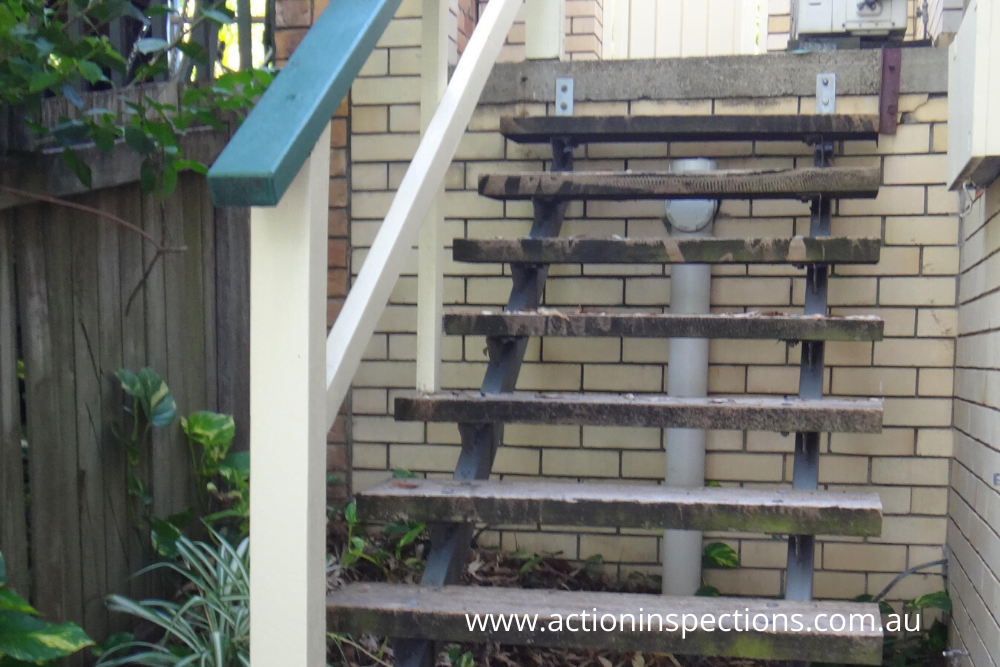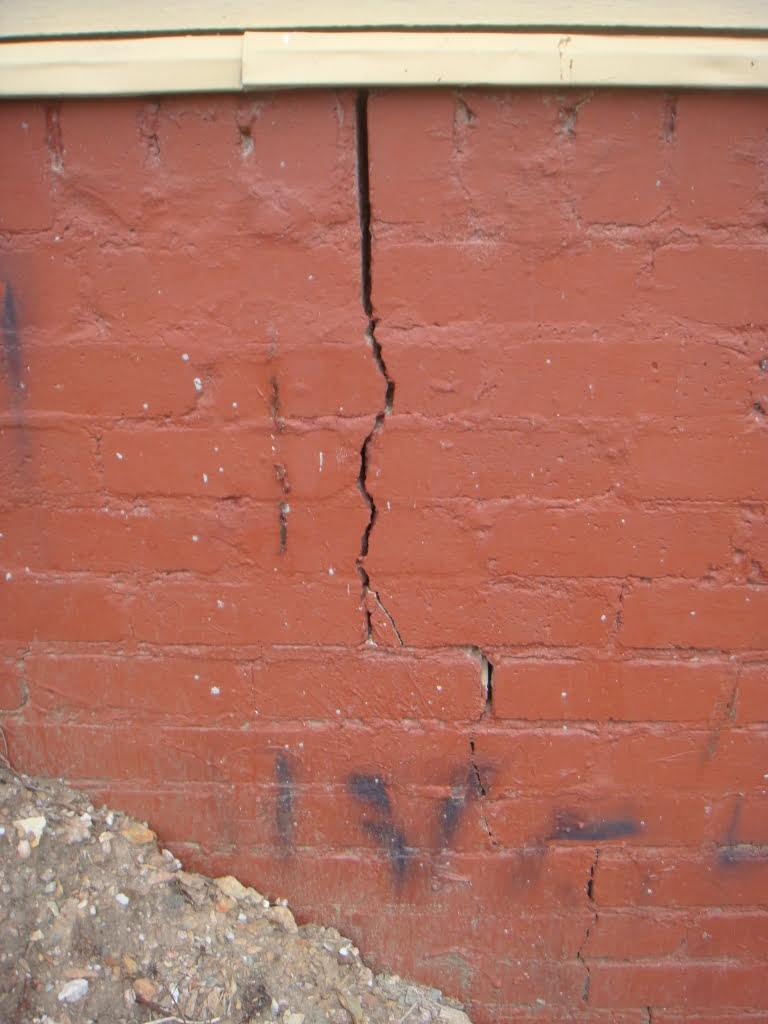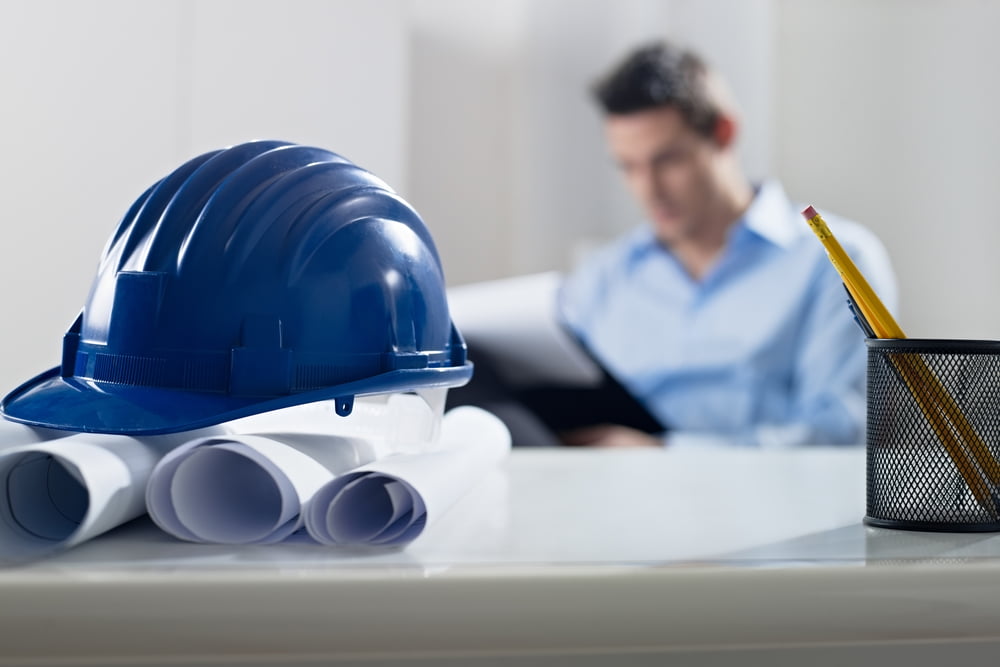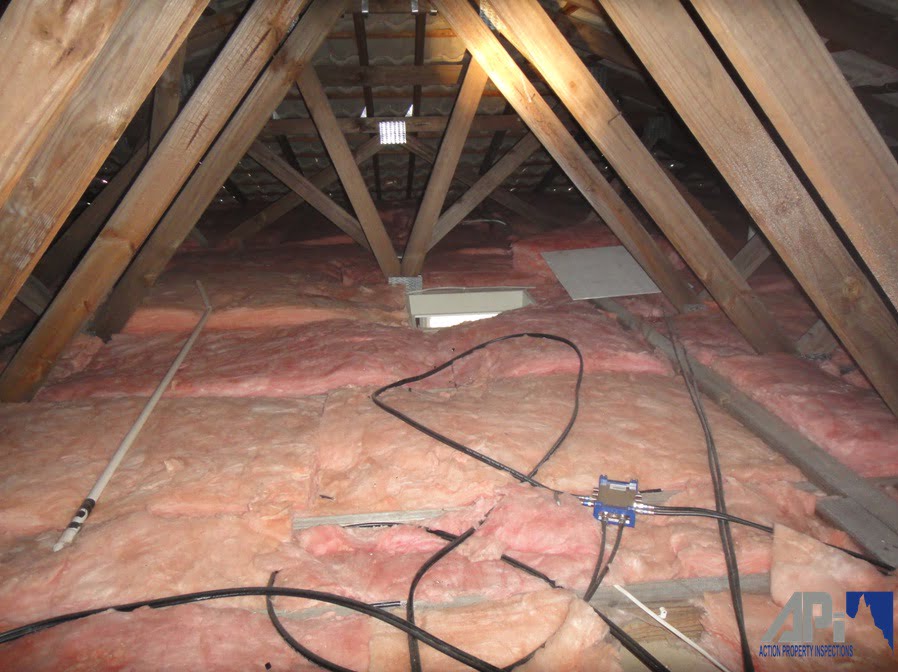One of the most common issues detected during building inspections in Brisbane is non-compliant and unsafe stair construction, in fact it forms the basis of most of our public liability court cases.
What has prompted me to write this particular blog was the unethical and dishonest actions of a vendor and real estate agent whilst undertaking a Brisbane building inspection in the suburb of Kenmore.
After my client had received their report they proceeded to renegotiate for various issues, the biggest one being the replacement of both the front and rear veranda stairs. Subsequently I started to receive phone calls from both the agent and the vendor questioning and arguing about the findings in my report regarding stairs.
Their argument was
As the stairs were sound and solid (which they were) then that should be all that matters. They also argued that the stairs are now almost 20 years old and the building code would have changed.
The rebuttal
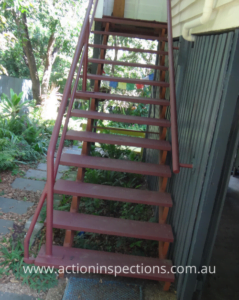
Old Code
Yes the Building Code has changed many times over the years and when an inspection is undertaken we adopt the relevant code that was in place at the time of construction. However, for example, if a new hand rail is installed on an old veranda then the current code is adopted. In this instance however, having uneven riser heights has never been acceptable and was a requirement even under previous old Building Codes. In addition to this, one of the biggest Building Code upgrades occurred in 1996. These particular stairs were built in 2000 and subsequently had to comply with the relevant current code.
In the end the agent organised one of his own building inspectors to undertake a so-called independent evaluation. These stairs were so non-compliant that even the agent’s inspector indicated that they required complete removal. Total cost of both front and rear stairs to be replaced came to just under $6,500.
To avoid unsafe stair construction along with other potentially serious issues always undertake a legitimate building inspection and take the advice of the building inspector you have engaged and disregard commentary from agents and vendors who are simply trying to sell the house.

